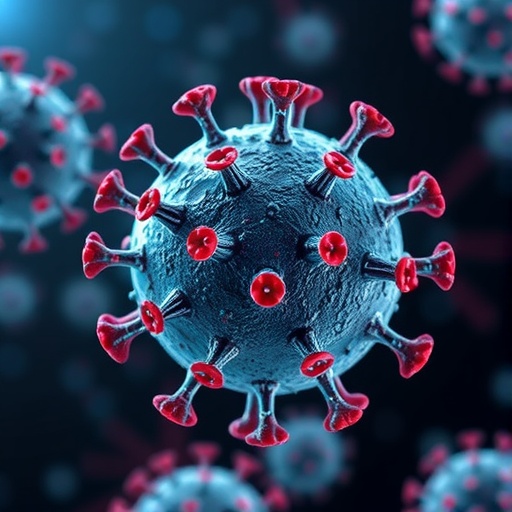
About 7 percent of all Danish children are born prematurely. This is of significant im-portance not only to the child’s development, but it also affects the mother’s body that – unexpectedly – has to produce the necessary nutrition for the newborn baby.
Research has previously demonstrated that breast milk from women who give birth prematurely is different from breast milk from women who give birth to full-term ba-bies. The examinations focused on the milk’s content of macro nutrients such as protein, fat and carbohydrates – and it has been documented that milk from women who give premature birth typically has a higher content of these nutrients compared to milk from pregnant women who give birth after week 37. Thus, the milk partly compensates for the fact that the baby is not fully developed and also protects the infant by ensuring healthy colonization of beneficial bacteria in the intestine.
Now, new research from Aarhus University shows that breast milk from women who give premature birth does not only have a different composition of macro nutrients; the composition of micro nutrients (metabolites) also differs. Postdoc at Department of Food Science, Aarhus University, Ulrik Sundekilde is responsible for the examination based on advanced and very detailed analysis techniques – so-called global metabolomics – and he explains:
– Breast milk is the best example of customized food that we know – i.e. that the infant gets the exact nutrition that it needs. Therefore, the question is if nature has incorpo-rated a kind of compensation in order to ensure an optimum nutrition for the pre-term infant, says Ulrik Kræmer Sundekilde.
First and most extensive examination
However, the new examination also demonstrates that a few weeks after birth the composition of the milk is identical to the one available to full-term babies. If a woman gives birth in week 25 she will, as early as week 30, produce milk similar to the milk produced for a full-term baby.
– We do not yet know the nutritional importance of all metabolites, and as premature infants have other and more specialized nutritional needs it may constitute a challenge that they are actually fed milk that they are not yet fully developed to digest. Particularly during a period that is extremely important for their future growth and development, says Ulrik Kræmer Sundekilde.
The scientists achieved the sensational results by analyzing the metabolite content of milk samples from 45 women during a period of up to 14 weeks after giving birth. As far as we know, this is the first time that an extensive characterization and comparison of micro nutrient content in breast milk over time and in a group of pre-term mothers has been accomplished.
– Next step will be an even more extensive study including more mothers. We would also like to have a closer look at the infants’ development and compare this to the con-tents of the breast milk they are fed. If we are able to follow the child for a number of years we may be able to point out if specific factors in the milk are important to the child’s growth.
Need for further knowledge
Additionally, in a long-term perspective we may even be able to analyze the milk clinically after birth – thus allowing us to customize the milk and adapt it to the infant’s need by adding the nutrients that might be lacking. Even today, we add macro nutrients as we know that the natural content is insufficient. This new method allows us to examine whether this is also true regarding the content of micro nutrients.
– If we are able to demonstrate a connection between the milk’s nutrient content and the child’s development, then the analysis method may be used to determine whether the milk is sufficiently rich in nutrients – and thus we can help vulnerable, premature infants by providing the optimum nutrition which they cannot achieve solely from breast milk, says Ulrik Kræmer Sundekilde, and he further states that the solution may not be easily achieved:
– Even though it is technically possible – and most Danish hospitals already have the necessary equipment – there is a significant need for further research in causal connections.
###
Media Contact
Ulrik Kræmer Sundekilde
[email protected]
45-87-15-48-82
@aarhusuni
http://www.au.dk
Photo Credits: Wikipedia
The post New method opens up the possibility of customizing breast milk for premature children appeared first on Scienmag.





